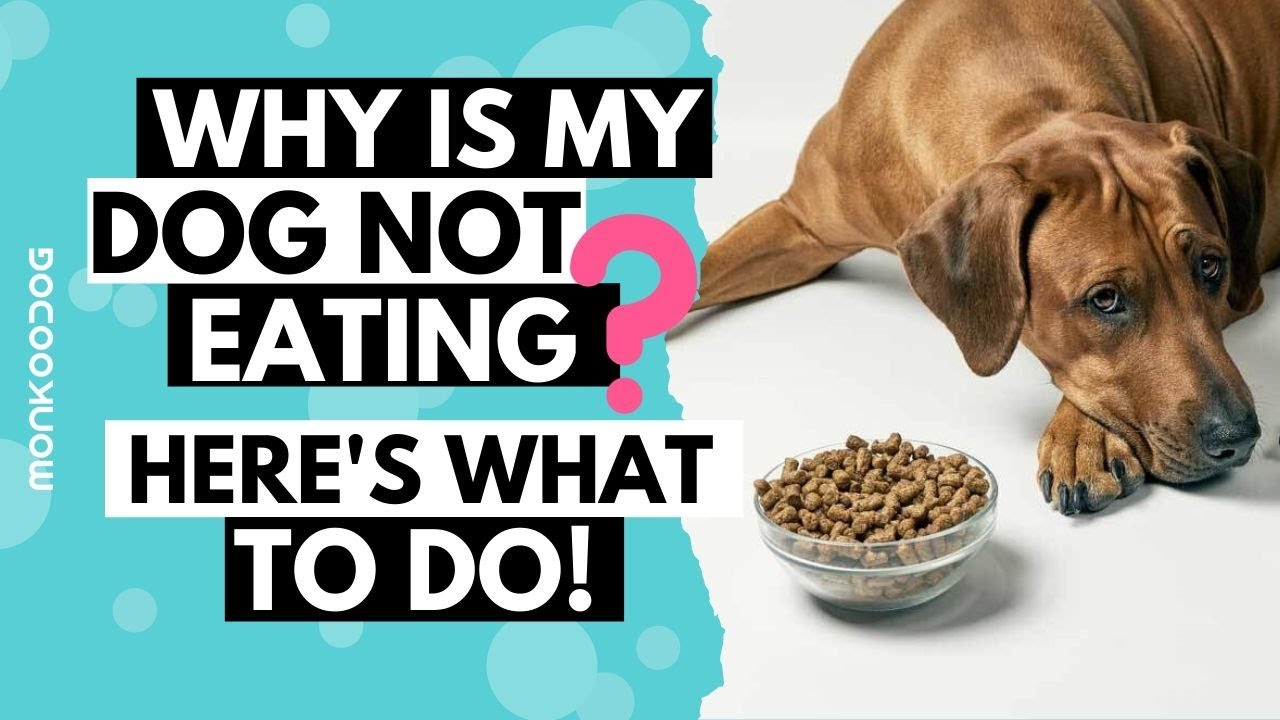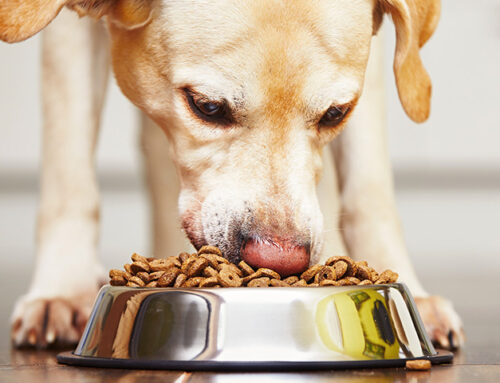We’re not just people who make and sell natural pet food. We’re pet lovers ourselves, and we understand it can be very frustrating and scaring when you dont know why is my dog not eating?
And as such, we know the anxiety that comes with having a dog who — for whatever reason — decides not to eat.
There are plenty of reasons why this happens, and plenty of ways to remedy the issue. Let’s take a closer look at why your dog might be declining their dinner and how you can get their appetites back.
Why Is My Dog Not Eating?
Some common reasons why dogs won’t eat include:
1 – Sickness
A loss of appetite in dogs can sometimes indicate sickness, particularly in pets that present other symptoms as well.
This isn’t to say that every dog who won’t eat is seriously ill, but it’s still important to have your vet examine your dog, because a loss of appetite could signal something life-threatening, such as kidney failure or liver problems.
Dogs may also be avoiding food because they’re dealing with mouth pain. Have your pet checked for dental issues such as broken/loose teeth or gingivitis.
2 – Change in routine
Has your dog’s loss of appetite coincided with a trip or a recent move? It could be that they’re not eating because they’re in unfamiliar surroundings and feel nervous or uncomfortable. And some animals experience motion sickness during travel, and won’t want to eat.
3 – Vaccinations
Keeping your dog up to date on its shots is important. But vaccinations can sometimes have side effects, including a loss of appetite. Fortunately, these side effects should be short-lived.
4 – Behavior issues
There might be other factors influencing your dog’s reluctance to eat, such as the presence of an aggressive dog.
Finally, it may just be that you have a picky dog. But due to the issues we mentioned above, it’s a good idea to check out other causes before making this assumption.
What Can I Do If My Dog Won’t Eat?
If there’s a medical reason for your dog’s loss of appetite, your vet may recommend a special diet that gets them the nutrients they need while their illness is being treated.
It’s important that you don’t try to force your dog into eating this prescribed diet. Talk to your vet about alternatives instead.
But if the issue is behavioral rather than medical, there are still a number of things you can do to get your dog to eat:
- Give them fewer treats
- Sticking to a set feeding schedule
- Walk your dog before they eat
- Try to make mealtime more fun. Reward your dog with food after they do a trick or give them a toy that dispenses food.
- Alter their feeding situation. If your dog typically eats with other pets, try feeding them on their own. You can also try using bowls at different heights to see what they prefer.
- Try a different kind of pet food. We discussed this topic in much more detail in our blog post on switching to natural pet food.
Natural Raw Pet Food PA
We want your dog to eat and eat well. If you’re ready to help your dog make the switch to natural pet food, turn to Happy Critters.
All of our raw pet food is curated to make sure every selection meets the Association of American Feed Control Officials standards.
From food for puppies to bone-in options, we provide a number of different options for pet owners. Contact us today to learn more or place your first natural pet food order.









